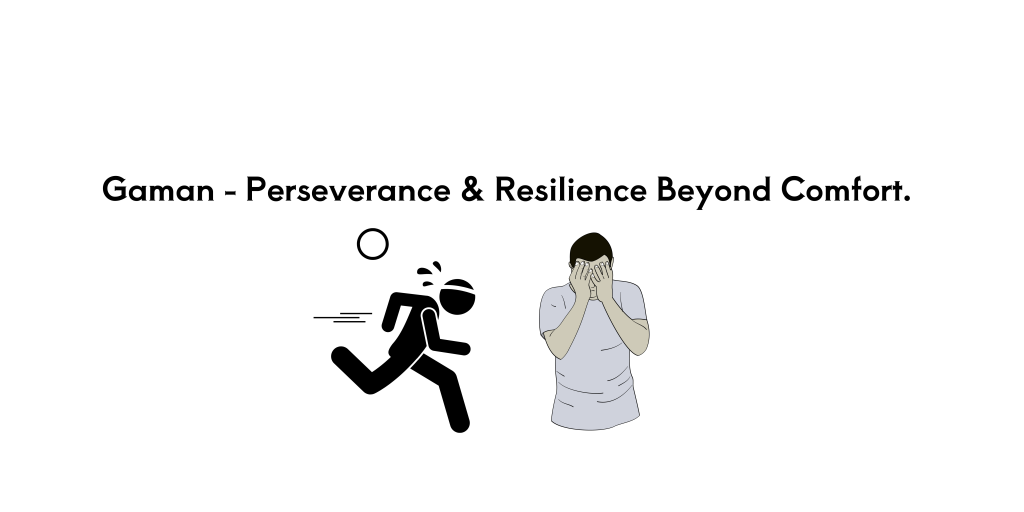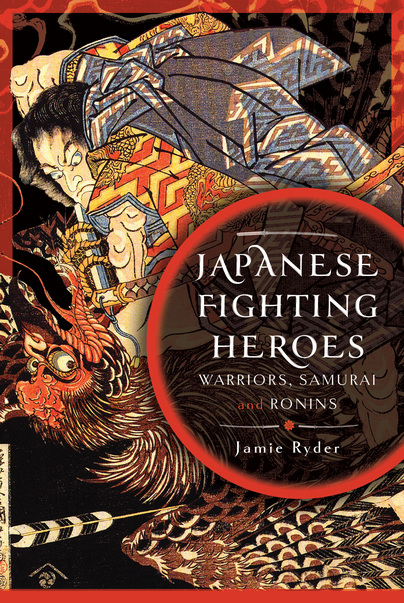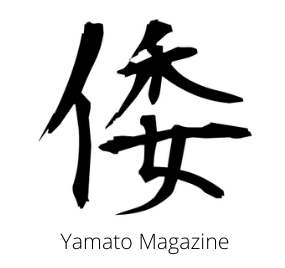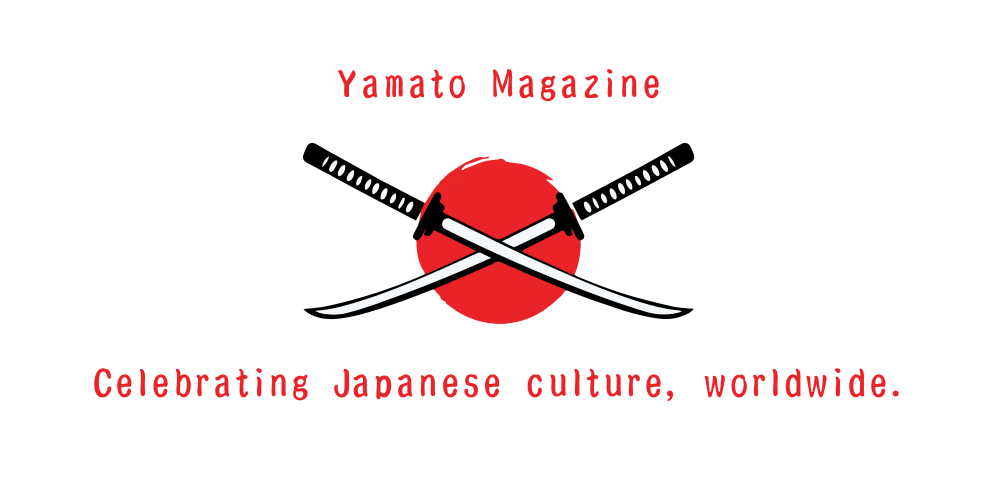
Japanese wellness and mental health concepts have a certain mythology about them, both inside and outside the country. Often, in the cases of concepts like ikigai and wabi-sabi, they are viewed as romantic and completely holistic. But we have to be careful with seeing only positive connotations and not viewing a concept in the context of its culture.
A bad example is when things like ikigai are appropriated, stripped of their original meaning and hailed as the next big wellness trend by productivity bros with a hard-on for selling business courses that at best only scratch the surface of what the concept was in the first place, and at worst, offer no value, provide inaccurate information and further damage the mental health of the people they’re selling to.
That’s not to say that these concepts aren’t helpful (when they are properly understood). And in the spirit of balance, this is the first of ten essays about Japanese mental health constructs.
My aim isn’t to offer mental health ‘advice.’ It’s to show the different interpretations of how these constructs manifest in daily life through my own subjective experience. So, let’s explore the first concept – Gaman.
What is Gaman?
Gaman as a word has several connotations. It’s associated with the Zen Buddhist idea of perserverence, patience and tolerance. Older Japanese who embrace gaman are seen as mature and strong. Put another way, it’s an attitude of being mentally tough, of taking responsibility for your problems and not complaining.
Throughout history, the term has been taken different ways. For Japanese-Americans forced into internment camps in WW2, gaman was viewed negatively by non-Japanese. It seemed to represent a passivity and lack of assertiveness.
In 2011, when the Tohoku earthquake and tsunami devastated Japan, gaman represented strength, perseverance and coming together. It applied to the spirit of a people able to overcome terrible circumstances and work together.
As a vital foundation of Japanese society, gaman is taught from an early age and children are expected to internalise it quickly. Writer Diane Neill Tincher describes these observations in the raising of her own children in Japan.
“In elementary school, I observed students kneeling on the wooden floor in the formal Japanese sitting position of seiza – sitting on feet – while listening to long speeches in the school auditorium. Elementary and junior high school students are required to walk to and from school, carrying all books and equipment that they may need for school each day – regardless of the weather.” So, the messages that are being passed down to children are simple. Don’t complain, do as your told. Grit your teeth and bear it.
The dark side of gaman
Resilience and staying tough are good in a lot of situations and gaman works as a reminder. But applying too much gaman has negative consequences, as writer Alvin Tan said about his own experiences with gaman and working in Japan. While working in Japan in his early days, Tan admitted to feeling naive about the stereotypes of overwork in Japanese culture.
Brutal shifts and the acceptance of unfair working conditions from his colleagues demonstrated to Tan the danger of gaman.
“Ever since the suicide of a young woman at Japan’s top advertising agency in 2015, all across Japan, addressing excessive overtime and implementing proper corporate compliance policies became something that Japanese companies appeared to be discovering for the first time.
The country even launched something as laughable as “Premium Friday” — the national campaign urging companies to let staff go home after 3 PM on the last Friday of each month so they could go shopping, drinking, or for a long weekend vacation. (A year later, we soon forgot about the term.)
From the looks of it, my company appeared to be serious about it. In a bid to force employees to go home, the lights were programmed to turn off automatically after 10 PM. (That’s how bad overtime culture was.) That’s why we couldn’t switch them on again. Some colleagues had resorted to bringing in table lamps to combat the darkness so they could continue working until the last train. My colleagues were clearly masters of gaman.
But the day had been a long day, and our fatigue was clearly degrading our performance. Fed up with the lack of air conditioning — even in the autumn night it felt suffocating since we couldn’t open the windows either — I rushed to finish the task.”
The same pressures have been felt for women in Japan too, especially with the expectation that they are meant to beautify gaman. According to Yoshie Takabayashi, a silversmith in Tokyo, she was expected to implement gaman by her boss in unhealthy ways. “When I look back on that time, my boss didn’t even do anything to help. I should have quit. But my parents, and everyone around me who had also just started working, kept encouraging me to be a success. I didn’t realise how much gaman I’d put in.”
Nobuo Komiya, a criminologist at Rissho Univiersity in Tokyo said “It’s important to remember gaman benefits the individual. It means they don’t get fired from work or can gain from continuing relations with people around them.“ The impact for women means they can be trapped in jobs and marriages where they are expected to bow to societal pressure.
In the West, I see similarities with how philosophies like Stoicism are taken. In the UK, stoicism is associated with keeping a stiff upper lip and not feeling emotions for the sake of ‘appearing’ to be strong. The philosophy of Stoicism is about regulating emotions appropriately and working with your community for the common good.
But like the interpretation of Stoicism, attitude to gaman is gradually changing. Japanese are moving away from lifetime employment and women are marrying later and finding more freedom as individuals. Perhaps in time, the maturity associated with gaman will come to mean a seasoned kind of self-awareness. A resilience that champions the freedom to make an individual choice and prioritise mental health over choosing not to rock the boat for fear of upsetting the group.

Explore the meanings of resilience in Japanese Fighting Heroes
You can see the different aspects of Japanese resilience in my book, Japanese Fighting Heroes: Warriors, Samurai and Ronins. In it, the lives of people like Miyamoto Musashi and Date Masamune come to life.


One thought on “Toxicity In Context: The Double-Edged Sword Of Gaman”